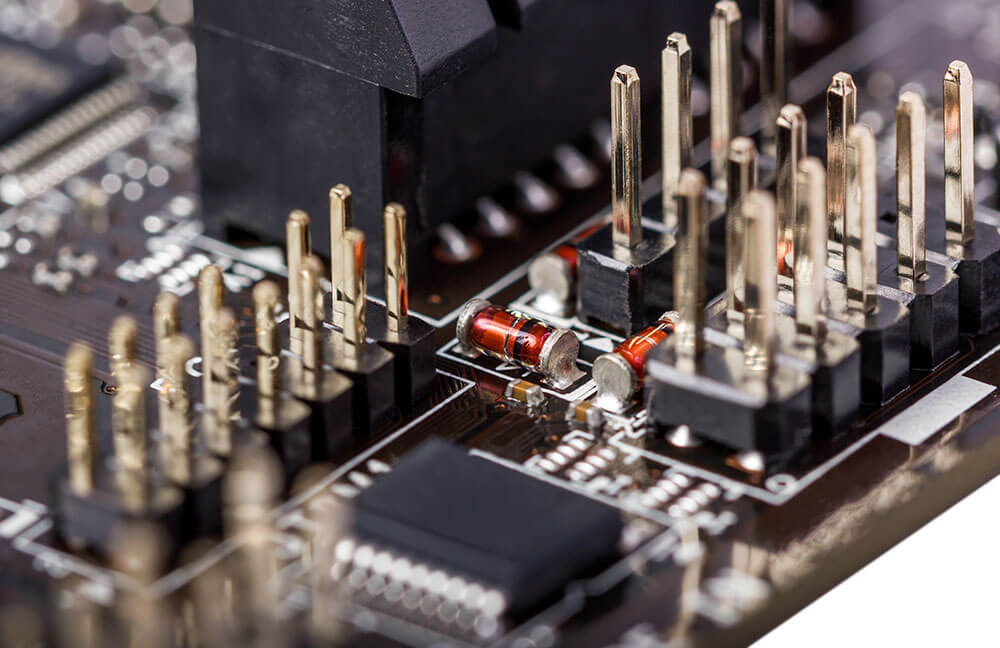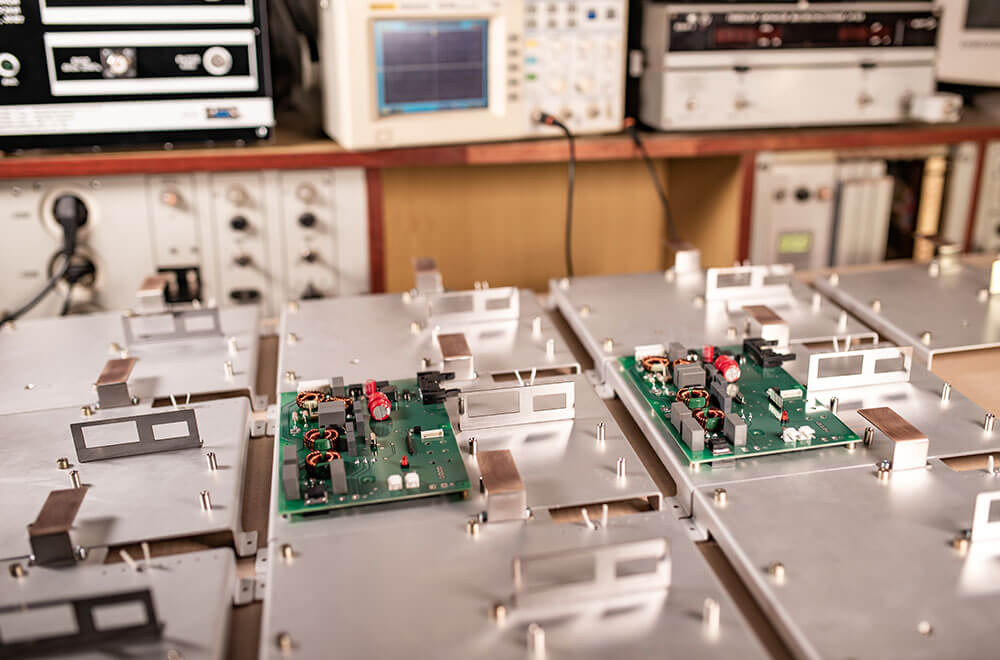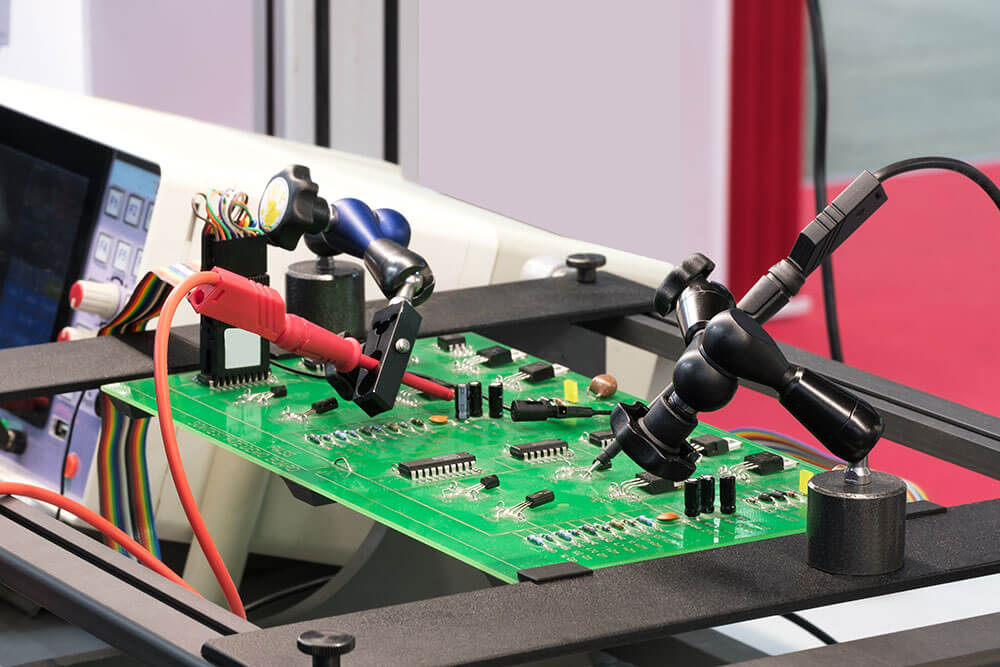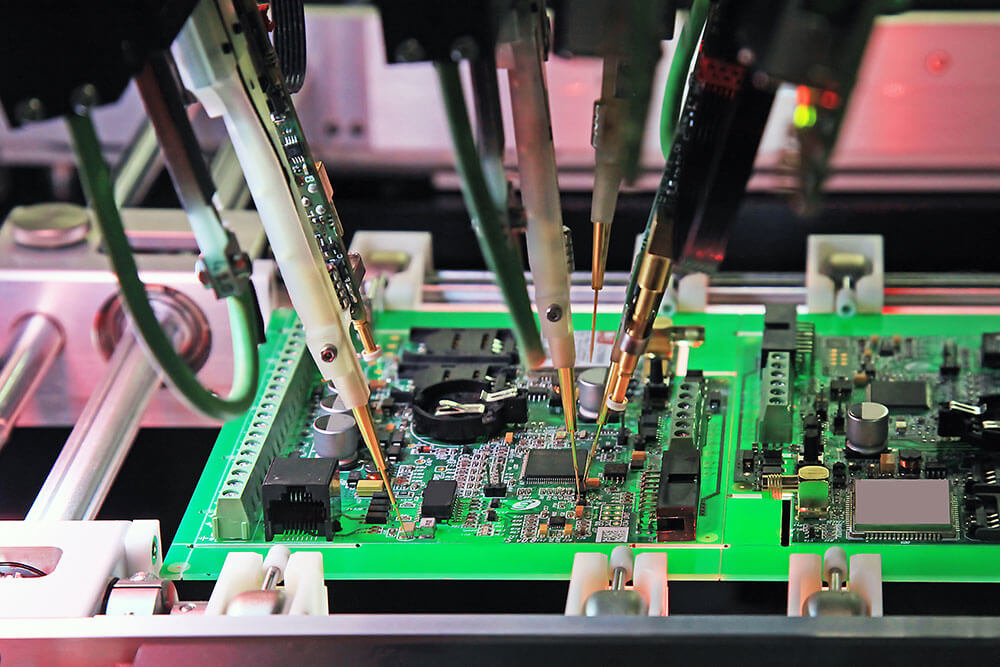In the realm of electronics manufacturing, not every project demands massive production runs. Many innovations, particularly in niche markets or early-stage development, require a more agile and tailored approach to production. This is where Low Volume PCB Assembly emerges as a critical solution, offering a balance between precision, flexibility, and cost-effectiveness.
Table of Contents
Understanding Low Volume PCB Assembly
Low volume PCB assembly refers to the manufacturing process of producing a relatively small quantity of printed circuit boards, typically ranging from a few prototypes to a few hundred units. Unlike high-volume production, which emphasizes economies of scale, low volume assembly centers on addressing the unique needs of projects that don’t warrant large-scale production facilities.

Advantages of Low Volume PCB Assembly
- Cost-Efficiency: Low volume PCB assembly allows for the production of a specific number of units without the excess costs associated with mass production. This is particularly advantageous for startups and businesses with limited budgets, enabling them to bring their concepts to life without excessive financial strain.
- Rapid Prototyping and Iteration: In the early stages of product development, rapid prototyping and iteration are paramount. Low volume assembly provides the flexibility to refine designs, make improvements, and test different iterations without committing to high production quantities.
- Reduced Lead Times: Smaller production runs translate to quicker turnaround times. This agility is crucial for seizing market opportunities, responding to changing demands, or accommodating last-minute design modifications.
- Customization and Specialization: Low volume assembly allows for customization and specialized manufacturing techniques that may not be feasible or cost-effective in high-volume production. This is particularly advantageous for projects with unique specifications or intricate designs.
Challenges and Considerations
While low volume PCB assembly offers numerous benefits, there are also considerations that manufacturers and designers should keep in mind:
- Cost Per Unit: While cost-efficient for low volumes, the cost per unit may be higher compared to high-volume production. Careful cost analysis and budgeting are essential to ensure that the project remains financially viable.
- Component Sourcing: Procuring components for low volume assembly can present challenges, as some suppliers may have minimum order requirements. Establishing relationships with suppliers who are flexible with low volume orders is crucial.
- Quality Control: Ensuring consistent quality across a limited production run is essential. Rigorous quality control measures and testing protocols are necessary to maintain product reliability.
- Transition to High Volume: As projects mature and demand grows, there might be a need to transition from low volume to high volume production. This transition should be carefully planned to ensure a seamless scale-up without compromising quality.
Collaborating with a Low Volume PCB Assembly CM
Partnering with a PCB Assembly Contract Manufacturer (CM) specializing in low volume production can significantly streamline the process. These CMs possess the expertise, equipment, and supply chain connections to efficiently produce small quantities while adhering to stringent quality standards.
Low volume PCB assembly fills a vital niche in electronics manufacturing, catering to projects that require a personalized touch, rapid iteration, and cost-effective production without sacrificing quality. This approach empowers innovators to turn their concepts into reality while maintaining the flexibility needed to adapt to changing market dynamics. As the electronics landscape continues to evolve, the role of low volume assembly remains a crucial component in driving innovation forward.

The Interplay Between Low Volume PCB Assembly and PCB Prototyping
In the intricate realm of electronics manufacturing, the symbiotic relationship between Low Volume PCB Assembly and PCB Prototyping plays a pivotal role in the journey from concept to a tangible, functional product. These two phases are interconnected, with each complementing and enhancing the other, ultimately shaping the success of a project.
Defining PCB Prototyping
PCB prototyping is the initial stage in the product development process, where a design concept is translated into a physical prototype for testing, validation, and refinement. During this phase, a small number of PCBs are fabricated to verify the functionality of the circuit, assess design feasibility, and detect potential issues before moving into full-scale production.

The Role of Low Volume PCB Assembly
Low Volume PCB Assembly comes into play once the prototype has undergone rigorous testing and modifications. As the design is refined and deemed ready for a limited production run, the low volume assembly process kicks in. This stage involves the assembly of a small quantity of PCBs, often ranging from a handful to a few hundred units, with the goal of bridging the gap between prototype and larger-scale production.
Key Points of Intersection
- Rapid Iteration and Testing: PCB prototyping allows designers to rapidly iterate on their concepts, making modifications based on real-world testing and feedback. Low volume assembly extends this iterative process by enabling the creation of a small batch of refined PCBs for further validation and testing under more realistic conditions.
- Design for Manufacturability (DFM): Both PCB prototyping and low volume assembly encourage designers to consider manufacturability early in the design process. PCB prototyping exposes design flaws and optimization opportunities, while low volume assembly applies these lessons to create PCBs that are more production-ready.
- Proof of Concept to Market Introduction: PCB prototyping focuses on proving the feasibility of a concept, while low volume assembly transitions the project from proof of concept to the market introduction stage. It allows for a controlled, small-scale production to gauge market response, gather user feedback, and address any final adjustments before scaling up.
- Supply Chain and Component Management: During both phases, component sourcing and management play critical roles. PCB prototyping helps identify potential supply chain challenges, and low volume assembly tests the viability of procuring components for a limited production run, preparing for the broader supply chain demands of larger-scale production.
Benefits and Considerations
While this interplay offers numerous advantages, it’s essential to consider potential challenges:
- Cost Considerations: Both PCB prototyping and low volume assembly involve costs. Balancing the investment in prototyping with the benefits of refined designs and minimized risks is crucial.
- Transition to High Volume: Successfully transitioning from low volume assembly to high volume production requires careful planning and coordination to maintain quality and efficiency.

Conclusion
PCB Prototyping and Low Volume PCB Assembly is a dynamic cycle of innovation, refinement, and preparation for broader production. Together, they ensure that a product not only meets its design goals but also navigates the transition from concept to market with efficiency, quality, and precision. This interplay empowers designers and manufacturers to navigate the complexities of electronics manufacturing and deliver exceptional products to the world.